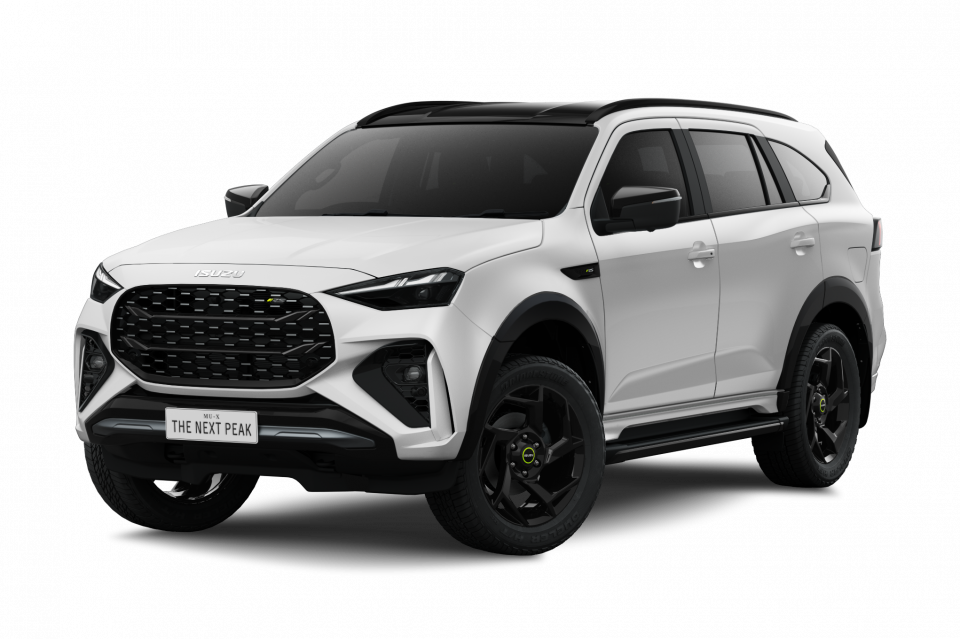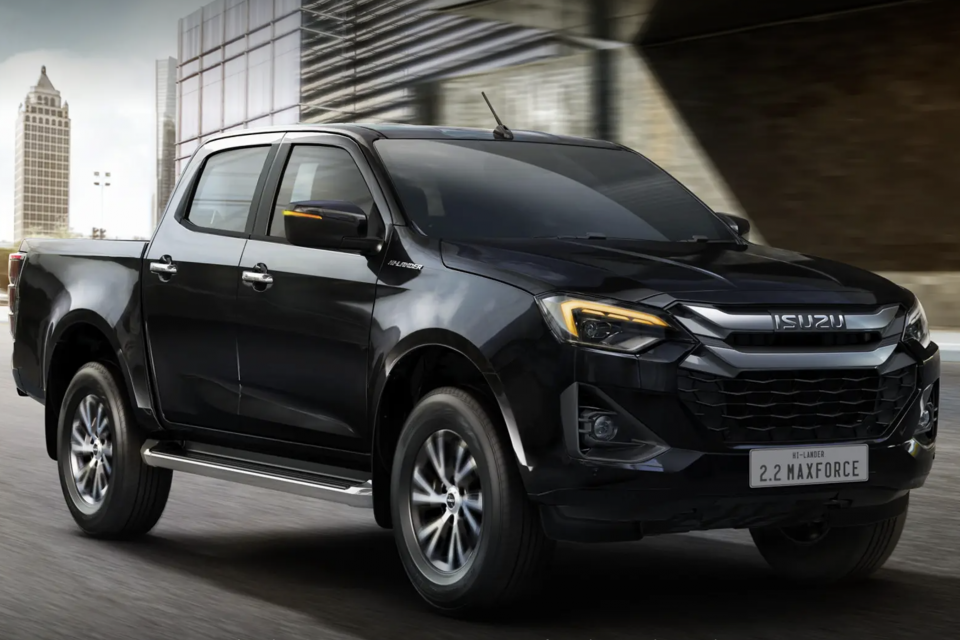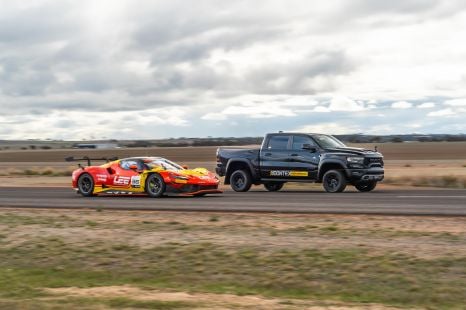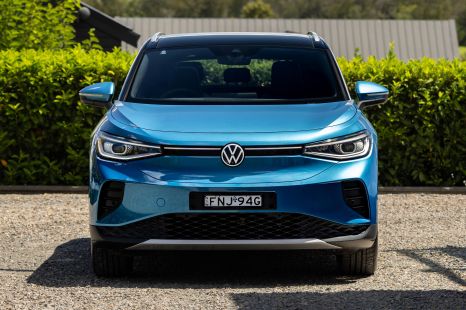

James Wong
2026 Nissan Ariya review
3 Days Ago

News Editor
Isuzu has revealed a new 2.2-litre turbo-diesel four-cylinder engine for the D-Max and MU-X, but it doesn’t spell the end of the venerable 3.0-litre.
The engine goes on sale in Thailand on November 28, 2024 in both the D-Max and facelifted MU-X, but has yet to be confirmed for Australia. Likewise, the facelifted MU-X has yet to be locked in for Australia.
In Thailand, the new engine – named RZ4F internally – is based on and replaces the current entry-level 1.9-litre turbo-diesel four (RZ4E). Given Isuzu also builds the BT-50 for Mazda, it appears likely the 2.2-litre will replace the 1.9-litre in that model, too.
“While it is exciting to see that Isuzu continues to innovate with new powertrains, we currently are not in a position to comment on future product plans,” an Isuzu Ute Australia spokesperson told CarExpert.
“While the 2.2-litre is expected to be a step in the right direction towards meeting lower emissions targets, at this point in time, details of the new powertrain are yet to be confirmed.
100s of new car deals are available through CarExpert right now. Get the experts on your side and score a great deal. Browse now.

“That said, Isuzu Ute Australia [is] committed to working towards providing a choice of vehicles that are not only compliant with all local legislation, but are fit for purpose and meet the needs of Australians.”
The 2.2-litre engine, marketed as the 2.2 Ddi Maxforce, produces 120kW of power at 3600rpm and 400Nm of torque between 1600 and 2400rpm.
It’s mated to an eight-speed automatic transmission, which Isuzu says brings improved performance and fuel economy.
The 1.9-litre it replaces produces 110kW and 350Nm and is mated with a six-speed auto.

It narrows the gap in outputs between entry-level and optional engines in the D-Max and MU-X lineups, being down just 20kW and 50Nm on the 3.0-litre.
A mild-hybrid version of the 1.9-litre, revealed earlier this year, will remain on sale in Thailand in a single rear-wheel drive pickup variant. This produces an identical 110kW and 350Nm to the regular 1.9-litre.
It’s unclear at this stage if the 2.2-litre will eventually gain a mild-hybrid system.
While Isuzu hasn’t published fuel consumption figures, it says fuel economy has been improved by up to 10 per cent over the outgoing 1.9-litre. According to Australian figures, D-Max models with the 1.9-litre use between 6.7 litres and 7.0 litres per 100km.

The new 2.2-litre now stacks up better against the entry-level turbo-diesel engines found in the top-selling Ford Ranger and Toyota HiLux.
The HiLux Workmate’s 2.4-litre turbo-diesel four produces 110kW and 400Nm, while the Ranger’s single-turbo 2.0-litre diesel four produces 125kW and 405Nm. The Isuzu models also use an eight-speed auto, while the HiLux and Ranger use a six-speed.
Isuzu’s ‘4J’ 3.0-litre turbo-diesel four does fall short in outputs compared to rival Ranger and HiLux models. Its 140kW and 450Nm figures are beaten by the HiLux’s available 2.8-litre (150kW and 500Nm) in most variants, while the Ranger’s 2.0-litre bi-turbo produces 154kW and 500Nm.
MORE: Everything Isuzu D-Max • MU-X
Where expert car reviews meet expert car buying – CarExpert gives you trusted advice, personalised service and real savings on your next new car.
William Stopford is an automotive journalist with a passion for mainstream markets and historical automotive pieces.


James Wong
3 Days Ago


William Stopford
3 Days Ago


Josh Nevett
2 Days Ago


Paul Maric
1 Day Ago


Damion Smy
19 Hours Ago


William Stopford
19 Hours Ago